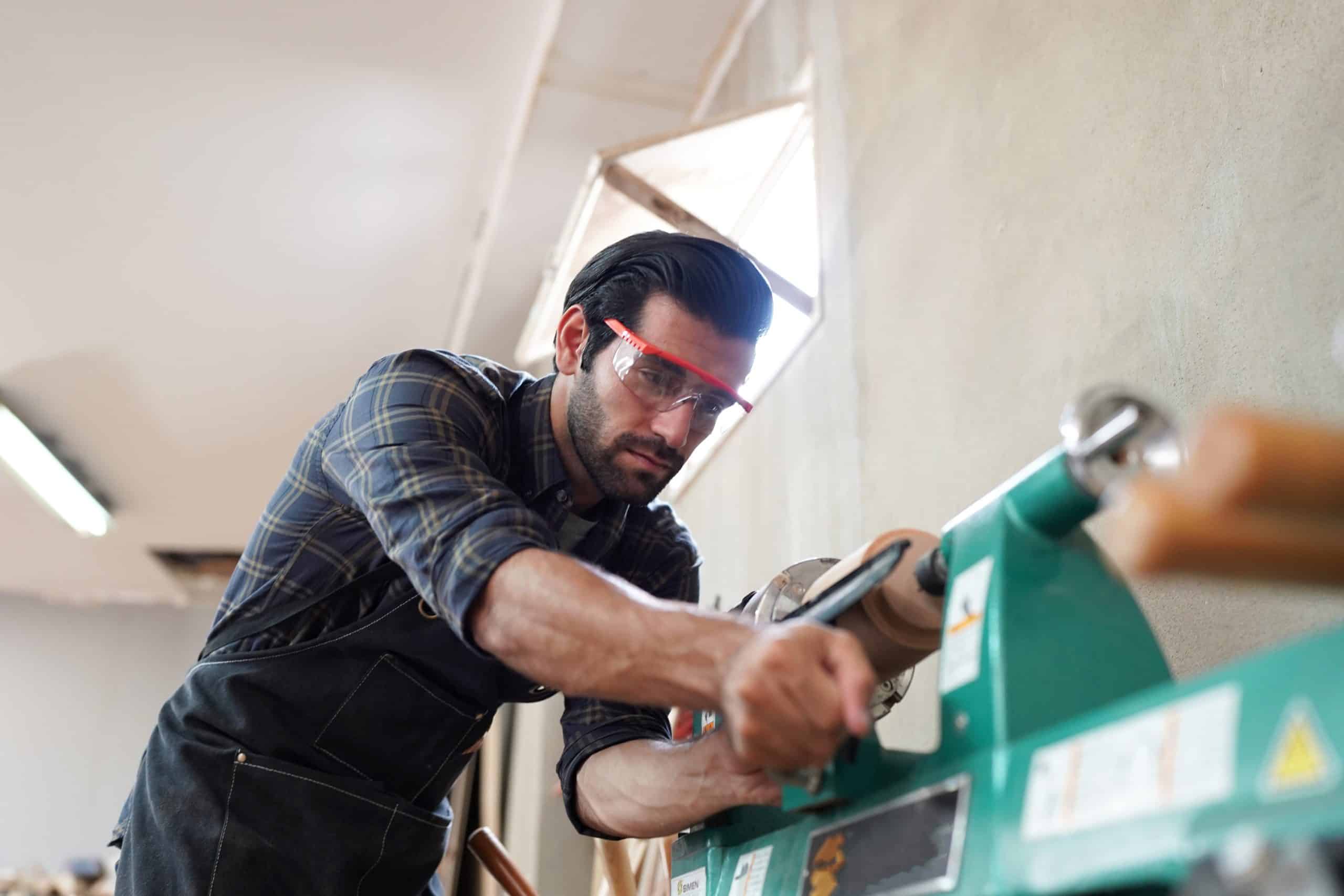What’s the Best Method for a DIY Aromatherapy Diffuser Using Natural Ingredients?

Aromatherapy is a holistic practice that has been used for centuries to promote wellness, reduce stress, and improve sleep. The use of scented oils, known as essential oils, has been pivotal in this practice. But how do you effectively disseminate these scents? Enter the diffuser. This article will explore the best methods to create your own DIY aromatherapy diffuser using natural ingredients such as essential oils, water, alcohol, carrier oils, and reeds.
Understanding the Basics of Aromatherapy Diffusers
Before diving into the specifics of creating a homemade aromatherapy diffuser, let’s first grasp the basics. A diffuser is a device that spreads the scent of essential oils throughout a space. This can be achieved using several methods, including heat, ultrasonic waves, or, as we will discuss in this article, a reed diffuser.
Also to read : What Are the Best Fire-Resistant Landscaping Strategies for Homes in Bushfire-Prone Areas?
A reed diffuser is a simple yet effective device. It typically consists of a bottle filled with a blend of essential oils and a carrier liquid, such as alcohol or water. This liquid is then ‘diffused’ into the air by means of reeds, which draw up the oil and allow it to evaporate into the atmosphere. Reed diffusers are praised for their simplicity, durability, and the fact that they don’t require any electricity.
Take note: The choice of essential oils is crucial as they define the scent and potential therapeutic benefits of your homemade diffuser.
Topic to read : How to Develop a Checklist for Seasonal Home Maintenance?
Crafting Your DIY Reed Diffuser: The Ingredients
In order to build your own reed diffuser, you will need a few key ingredients:
- A glass or ceramic container or bottle.
- Essential oils.
- A carrier liquid, such as water or alcohol.
- Reed sticks.
The choice of essential oils depends largely on your personal preferences and desired benefits. For instance, lavender oil is known for its calming properties and can aid in sleep, while lemon oil can invigorate and refresh.
The carrier liquid helps to dilute the essential oils making them safer to use and helping them to ‘travel’ up the reeds more effectively. A mix of water and alcohol often proves to be a great choice, but carrier oils such as sweet almond or jojoba oil can also be used.
Lastly, the reeds. These should be rattan reeds, as they contain channels that help the oil ascend to the top of the reeds where the scent can then disperse.
The Best DIY Aromatherapy Diffuser Recipe
For a successful homemade reed diffuser, follow this simple recipe. You will need:
- A diffuser bottle
- 20-30 drops of essential oil(s)
- 1/4 cup of a carrier oil or a mix of water and alcohol
- 5-10 reed sticks
First, add the essential oils to the bottle. The number of drops will depend on how strong you want the scent to be. Then add the carrier oil or water/alcohol mix. If you’re using alcohol, make sure it’s at least 90% or the oils won’t dissolve correctly.
Next, stir the mixture gently to combine the ingredients. Add the reeds into the bottle and let them soak up the oil mixture. After an hour, flip the reeds so that the soaked end is sticking out. This will kickstart the diffusion process.
Remember to flip the reeds every few days to refresh the scent and add more essential oil and carrier liquid as needed.
Selecting the Right Essential Oils for Your Diffuser
Ultimately, the essential oils you choose for your diffuser will depend on your personal preference and the effects you are hoping to achieve. For relaxation, consider oils such as lavender, chamomile, or ylang-ylang. For a more energizing effect, consider citrus oils like grapefruit, lemon, or orange.
For those new to aromatherapy, there are numerous pre-blended oils available that target specific needs, such as stress relief, energy, or sleep. These can be a great starting point before you begin experimenting with creating your own blends.
The Art of Using Your DIY Aromatherapy Diffuser
Once your diffuser is ready, place it in a location where the scent will be able to permeate the room. Ideal locations include an office desk, bathroom counter, or bedside table.
Remember, the oil and alcohol mixture can damage certain surfaces, so always place the diffuser on a stable, non-porous surface and be careful when flipping the reeds.
In the end, creating a DIY aromatherapy diffuser is a simple and fun process. Not only does it allow you to create a personalized scent for your space, but it also grants you the therapeutic benefits of essential oils, all while knowing you’ve used natural ingredients. With a little practice and experimentation, you can become a pro at creating your own aromatherapy diffusers.
The Secret to Picking the Perfect Reed for Your Diffuser
When it comes to making your DIY reed diffuser, one small detail can greatly impact the success of your project, and that is the reed itself. The type of reed you choose plays a vital role in how effectively the diffuser oil is transported from the bottle and into the air. Bamboo skewers or even rattan garden sticks won’t work as they don’t have the necessary capillary action to draw up the diffuser liquid.
The ideal reeds for a diffuser are made from rattan. What makes rattan the perfect choice is the microscopic channels that run the entire length of the reed. These channels suck up the oil and allow it to travel to the top of the reed. Once there, the oil evaporates, filling your room with your chosen scent.
When purchasing your reeds, remember to choose ones that are 10-12 inches long. This length ensures that the reeds stand tall in your diffuser bottle and distribute the scent effectively. Additionally, over time (usually a few months), the reeds can become clogged with oil. When this happens, it’s time to replace them for optimal diffusion.
Creating Your Own Essential Oil Blends for a Unique Aroma
One of the joys of a DIY aromatherapy diffuser is the freedom to create your own unique blends of essential oils. While single oil diffusers have their charm, blends can offer a more complex scent and even combined therapeutic benefits.
For a calming, sleep-promoting blend, mix lavender with sweet, earthy notes like sandalwood or cedarwood. If you’re after an energizing, uplifting blend, combine citruses like lemon or grapefruit with fresh mint or rosemary. For a cozy, warmth-inducing diffuser oil, mix sweet almond oil with spicy notes like cinnamon or clove.
Don’t be afraid to experiment with different combinations to find what works best for you. You might also want to consider the season or mood of your space. For example, a blend of pine, eucalyptus, and peppermint might be refreshing for the summer, while a blend of sweet almond oil, cinnamon, and orange might be perfect for the winter holidays.
Creating a homemade reed diffuser is a rewarding, creative, and practical endeavor. It can help you craft a personalized, aromatic ambiance and promote a sense of well-being in your home or workspace. It’s also a cost-effective and natural alternative to store-bought diffusers.
Remember to select high-quality essential oils for their therapeutic benefits, and understand the role of a carrier oil in effectively diffusing these benefits. The choice of the reed is equally critical, given its role in carrying the diffuser oil into your space. Lastly, don’t forget the fun part – blending your own unique mix of oils!
In conclusion, DIY reed diffusers are a fantastic way to harness the benefits of aromatherapy. With these guidelines, a little bit of creativity, and some experimentation, you’ll be on your way to creating the perfect scented atmosphere in no time. Happy diffusing!
